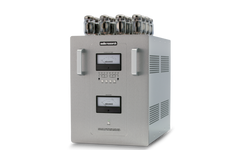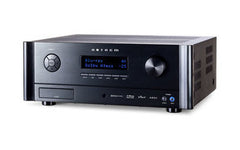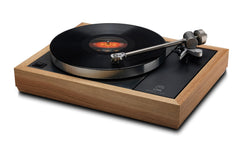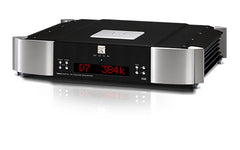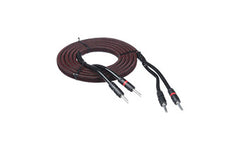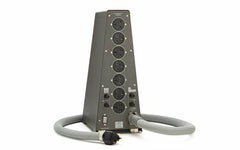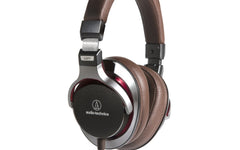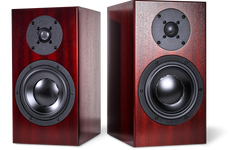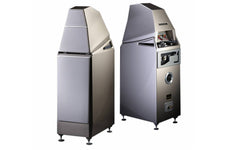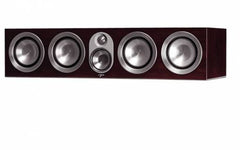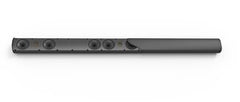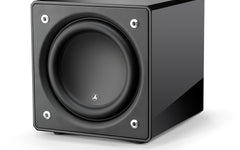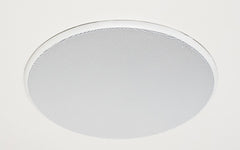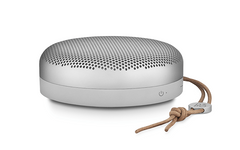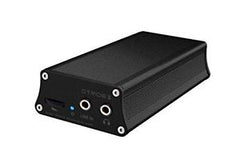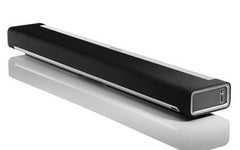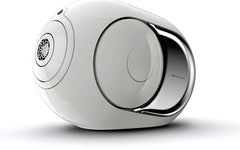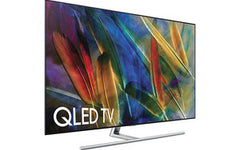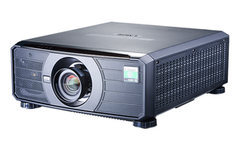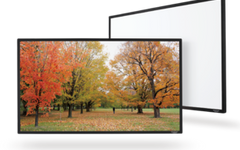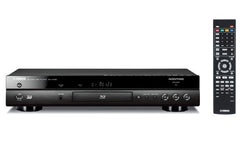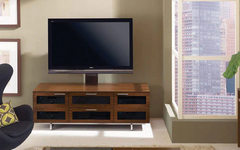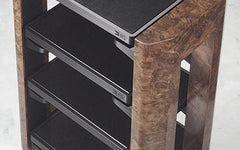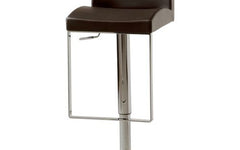Professional level at home:
Weiss Engineering’s professional clients work in the world’s top-tier studios, fine-tuning the sound of the biggest artists on the planet. It is not an option for them to use anything but the best monitoring chains in existence. This is why they use Weiss Engineering’s professional DACs.
The HELIOS maintains that same quality level, with design and features that better suit the high-end hi-fi market. With the HELIOS, you are hearing what the professionals are hearing.
Purist signal path:
To achieve its exceptional performance specifications, the HELIOS uses an eight-channel 32-bit D/A converter chip, with four paralleled conversion channels per audio channel. All analog processing is done with our own discrete operational amplifier modules, the Weiss OP2-BP — arguably the best audio operational amplifier currently available.
It also uses an internal high-precision/low jitter clock generator for ultra-stable clocking of the D/A converter section
Professional processing:
The built-in digital audio processing is based on the same trailblazing algorithms that are used in Weiss Engineering’s professional audio tools.
So with the HELIOS you can adjust the audio using the same professional-grade algorithms that were used to mix and master the original recordings.
Ease of use:
The HELIOS comes with an IR remote control which can be used to select the active input and output, the DSP audio processing presets, and switch power on and off.
Furthermore, it is possible to control and configure the HELIOS via a web browser, which adds detailed control of the DSP processing and preset management.
Specifications:
Power:
• Mains voltage: 100...120 V or 200...240 V, automatic voltage selection• Fuse rating: 500 mA slow blow• Power consumption: 25 VA max.• Power consumption in standby: 2.2 VA max.Size Helios• Depth: 30 cm• Width: 45 cm• Height: 6.6 cm• Height with feet: 7.4 cm• Weight: 9.4 kg
Size Remote:
• Depth: 2.1 cm• Width: 4.5 cm• Height: 16.6 cm
Available Colours: Silver, BlackDigital Inputs
• (1) XLR connector
• (1) RCA connector
• (1) TOSLINK connector (optical)
• (1) USB type B connector
• (1) RJ45 Ethernet connector
→ All inputs accept professional or consumer standard, i.e. accept AES/EBU or S/PDIF signals.
Sampling frequencies
• AES/EBU and S/PDIF inputs:
– 44.1 kHz, 48 kHz, 88.2 kHz, 96 kHz, 176.4 kHz, 192 kHz
• USB and RJ45 Ethernet inputs:
– 44.1 kHz, 48 kHz, 88.2 kHz, 96 kHz, 176.4 kHz, 192 kHz, 352.8 kHz, 384 kHz, DSD64, DSD128
• Toslink input:
– 44.1 kHz, 48 kHz, 88.2 kHz, 96 kHz
Input word-length: max. 24 / 32 Bits
Digital Outputs: None
Analog Outputs
• (2) XLR connectors (hot on pin 2), short circuit proof output circuitry, DC coupled, low output impedance
• (2) RCA connectors, short circuit proof output circuitry, DC coupled, low output impedance
The output level is selectable via the LCD menu or the web interface; four settings are provided as shown
below:
XLR Output
• 0dB setting: 16.3 Vrms +26.5 dBu
• -4dB setting: 10.2 Vrms +22.5 dBu
• -8dB setting: 6.5 Vrms +18.5 dBu
• -12dB setting: 4.1 Vrms +14.5 dBu
• -16dB setting: 2.6 Vrms +10.5 dBu
• -20dB setting: 1.6 Vrms +6.5 dBu
• -24dB setting: 1.0 Vrms +2.5 dBu
• -28dB setting: 0.65 Vrms -1.5 dBu→ As input a 0 dBFS sine wave signal was used
→ These levels are achieved with a 0.0 dB setting for the level control on the LCD screen.
RCA Output: half the values of XLR (-6 dBu)
→ As input a 0 dBFS sine wave signal was used
→ These levels are achieved with a 0.0 dB setting for the level control on the LCD screen.
Synchronization
Via the input signal in case of the AES/EBU and S/PDIF inputs. Via the internal oscillator in the case of USB
and Ethernet inputs.


